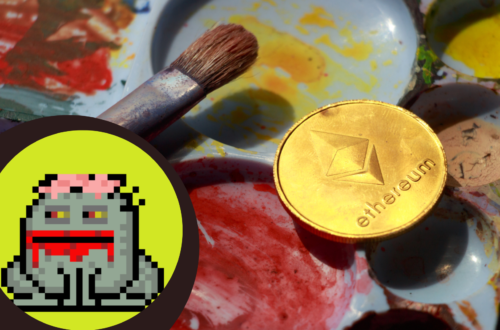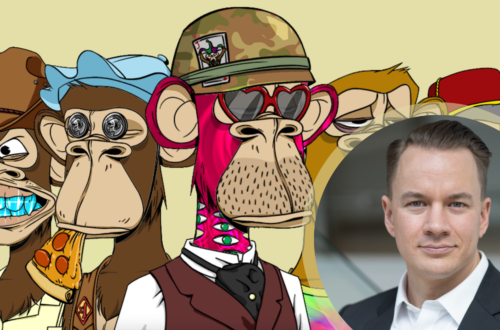The Evolution of Manga: Tracing Its History and Cultural Impact
Manga, a term that resonates with enthusiasts and novices alike, has a rich history intertwined with the cultural fabric of Japan and beyond. This art form, known for its unique storytelling and artistic style, has evolved significantly over the years. Today, let’s embark on an enlightening journey through the world of manga, exploring its origins, evolution, and cultural significance. For a deeper dive, you can also explore Manga, an excellent resource for manga lovers.
Origins and Early Development
The story of manga begins in Japan, with its roots tracing back to ancient scrolls and artistic traditions. In the early 20th century, manga began to take shape in the form we recognize today. Pioneers like Osamu Tezuka often hailed as the “God of Manga,” played a crucial role in shaping its early development. Tezuka’s works introduced complex narratives and cinematic techniques that transformed manga into a compelling medium of storytelling.
Post-War Expansion and Diversification
After World War II, manga experienced a boom in popularity. It was during this time that the medium diversified into various genres, catering to different age groups and interests. From action-packed shonen to heartwarming shojo, manga expanded its reach, capturing the hearts of readers across Japan.
The Golden Age of Manga
The 1980s and 1990s are often referred to as the Golden Age of Manga. This period saw the rise of iconic series that left a lasting impact on popular culture. Titles like “Dragon Ball,” “Sailor Moon,” and “Naruto” not only dominated the Japanese market but also gained immense popularity worldwide, marking manga as a global phenomenon.
Manga in the Digital Era
With the advent of the internet, manga has embraced the digital world. Online platforms, like Mangaowl, offer a vast library of manga, making it accessible to a global audience. This digital shift has not only expanded manga’s reach but also introduced innovative storytelling techniques and interactive elements.
Cultural Impact and Global Influence
Manga’s influence extends beyond entertainment. It has become a significant cultural ambassador, shaping perceptions of Japan and Japanese culture. The art form has inspired movies, fashion, and even academic studies, highlighting its role as a cultural powerhouse.
Artistic Evolution
The artistic style of manga has undergone significant changes over the years. Early manga had a more simplistic and exaggerated style. However, as the medium matured, the artwork became more detailed and sophisticated. Today’s manga features a wide range of artistic styles, from the minimalist to the highly detailed, reflecting the individuality of each manga artist.
The Future of Manga
As we look ahead, the future of manga seems bright and full of potential. With advancements in technology and the increasing globalization of entertainment, manga is set to reach even larger audiences. Its adaptability to new platforms and formats, like webtoons and digital comics, indicates its capacity to keep evolving with the times.
Conclusion: A Living Art Form
The journey of manga is a testament to its enduring appeal and adaptability. From traditional print to digital platforms, manga continues to captivate audiences worldwide, evolving with each generation. Its history is not just a record of artistic development but a reflection of societal changes and cultural exchange.
As we look towards the future, manga promises to continue its evolution, breaking new ground and enchanting new audiences. The story of manga is far from over; it is an ever-evolving narrative, rich with history, artistry, and cultural significance.




